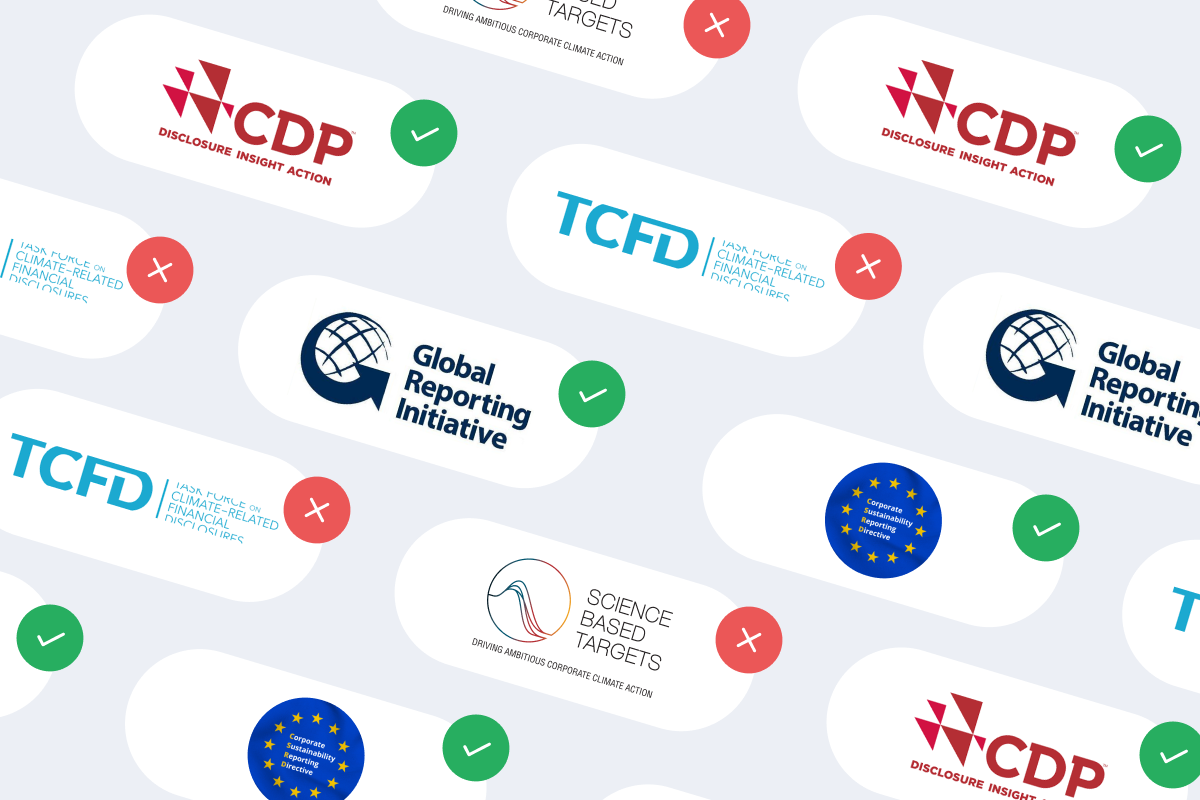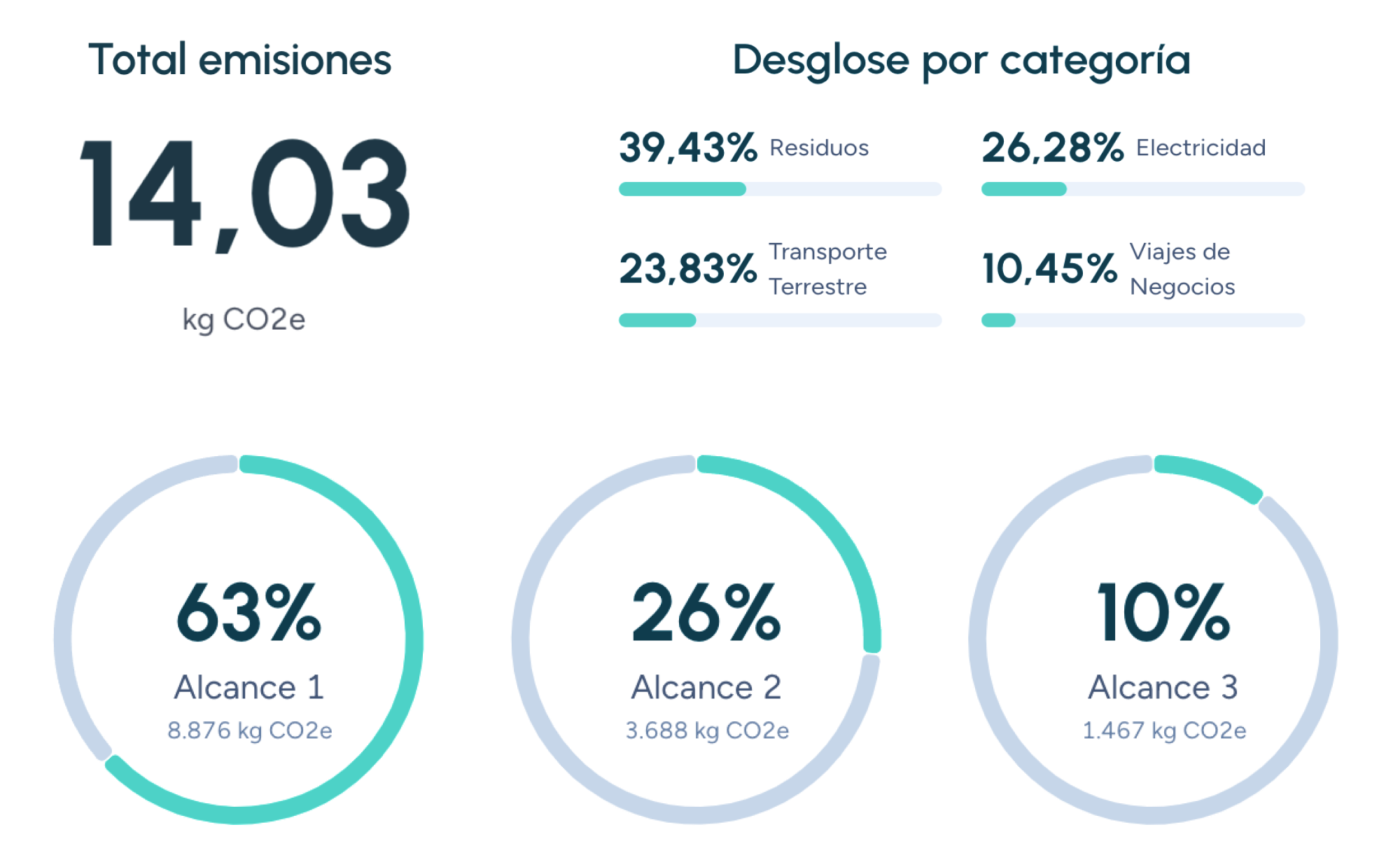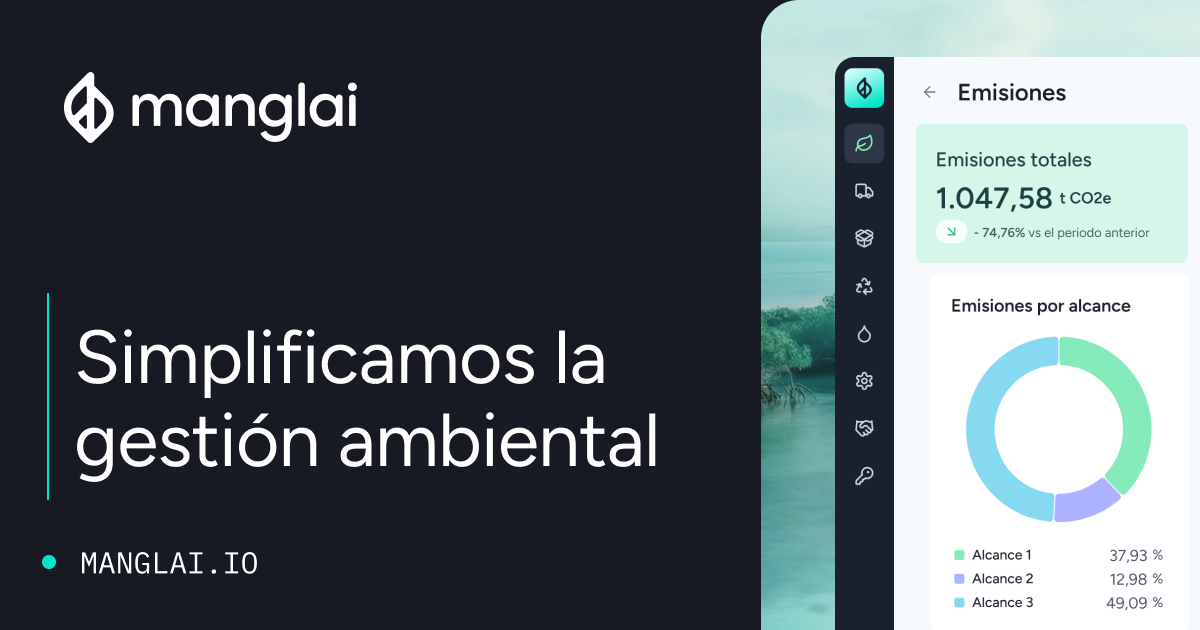C
Climate crisis
The climate crisis, also known as the climate emergency or global warming, refers to the long-term increase in the Earth’s average temperature. This phenomenon is primarily caused by greenhouse gas (GHG) emissions generated by human activities, such as burning fossil fuels, deforestation, and intensive agriculture. The climate crisis has devastating consequences for the planet, including rising sea levels, more frequent and intense extreme weather events, biodiversity loss, and resource scarcity.
What causes the climate crisis?
The greenhouse effect
The greenhouse effect is a natural process that enables the Earth to maintain a habitable temperature. Certain gases in the atmosphere, such as carbon dioxide (CO2), methane (CH4), and nitrous oxide (N2O), trap solar radiation reflected from the Earth's surface, preventing it from escaping into space. Without this effect, the Earth’s average temperature would be much colder.
However, human activities have significantly increased the concentration of these gases in the atmosphere, intensifying the greenhouse effect and accelerating global warming. The burning of fossil fuels for energy generation, transportation, and industry is the leading source of CO2 emissions. Deforestation, agriculture, and livestock farming also contribute to the release of GHGs.
Impact of human activities
The Intergovernmental Panel on Climate Change (IPCC), the leading scientific authority on climate change, has concluded that it is unequivocal that human influence has warmed the atmosphere, oceans, and land (IPCC, 2021). Human activities have disrupted the natural balance of the climate system, leading to rising global temperatures, altered precipitation patterns, and an increase in the frequency and intensity of extreme weather events.
Consequences of the climate crisis
Rising sea levels
Global warming causes glaciers and ice sheets to melt, as well as the thermal expansion of ocean water, contributing to rising sea levels. This threatens coastal communities, infrastructure, and ecosystems, increasing the risks of flooding, coastal erosion, and saltwater intrusion into freshwater supplies.
Extreme weather events
The climate crisis intensifies extreme weather events such as heatwaves, droughts, floods, hurricanes, and storms. These events have devastating impacts on communities, agriculture, infrastructure, and economies, causing loss of life, material damage, and displacement.
Biodiversity loss
Climate change affects ecosystems and biodiversity in various ways. Rising temperatures, changing precipitation patterns, and ocean acidification threaten the survival of many species, disrupt ecosystems, and jeopardize food security and human health.
Resource scarcity
The climate crisis can exacerbate resource scarcity, such as water and food shortages. Droughts, floods, and altered precipitation patterns impact agricultural production, while rising sea levels threaten freshwater sources.
Mitigation and adaptation to climate change
Mitigation: Reducing GHG emissions
Mitigation focuses on reducing GHG emissions by:
- Transitioning to renewable energy sources like solar, wind, hydropower, and geothermal.
- Improving energy efficiency in buildings, transportation, and industry.
- Adopting sustainable agricultural practices.
- Protecting and restoring forests.
Adaptation: Adjusting to climate impacts
Adaptation involves measures to prepare for the impacts of climate change and reduce vulnerability, such as:
- Building resilient infrastructure to withstand extreme weather events.
- Managing water resources to address conservation and flood risks.
- Adapting agricultural practices to climate variability.
- Implementing urban planning strategies to address climate challenges.
Legal frameworks and international agreements
Paris Agreement
Adopted in 2015, the Paris Agreement is a historic international accord aimed at limiting global warming to well below 2°C, preferably 1.5°C, above pre-industrial levels. It provides a framework for global climate action, including mitigation, adaptation, and financing.
Kyoto Protocol
Adopted in 1997, the Kyoto Protocol was an international agreement that committed developed countries to reduce their GHG emissions. While it has expired, it laid the foundation for international cooperation on climate change.
Companies that trust us

Climate justice
Climate justice addresses climate change from a human rights and social equity perspective, highlighting its importance in reducing the carbon footprint and its impact on vulnerable communities.
Climate risk
Discover what climate risk is and how it affects your business. Learn to identify different types of risks, their impact, and how to mitigate them with Manglai.
Consumptive Use of Water
Consumptive use of water is the fraction of withdrawn water that does not return to the same basin in usable conditions, due to evaporation, transpiration, incorporation into products, or transfer outside the region.
Guiding businesses towards net-zero emissions through AI-driven solutions.
© 2025 Manglai. All rights reserved
Política de Privacidad


